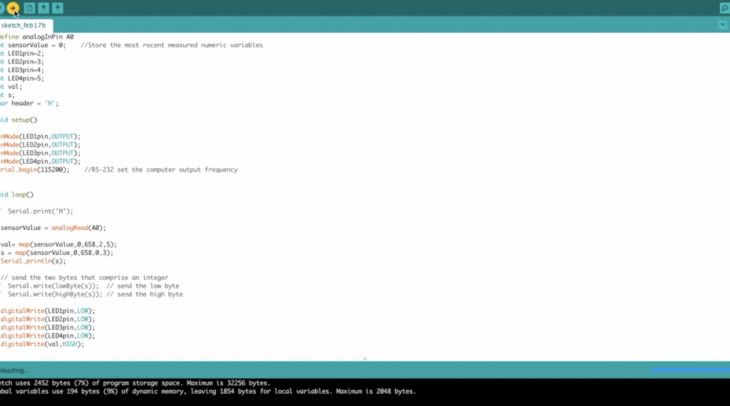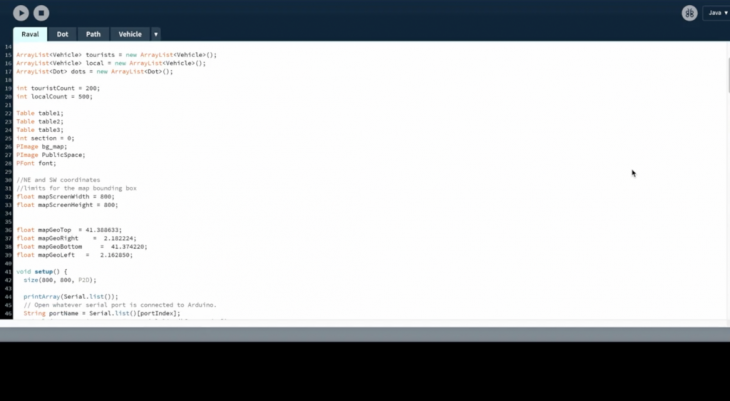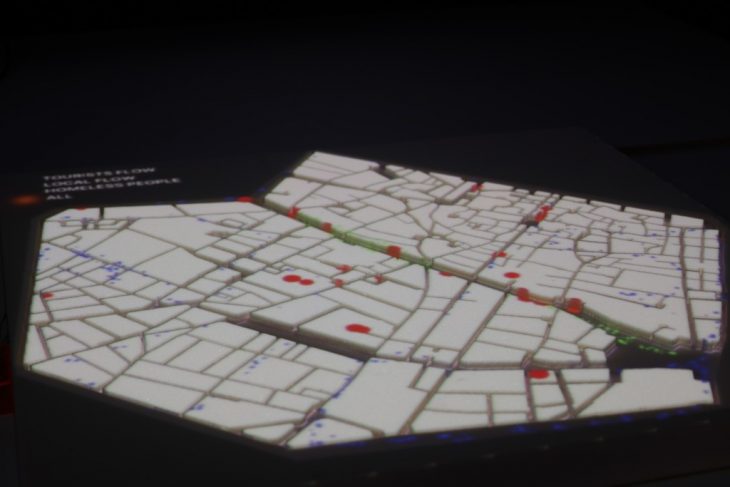Based on the research and analysis we made during our Fab City Design Strategies course, we decided to map the flow of people throughout our site to project the different locations, movement, and speed of our target groups.
The target groups were chosen after identifying the various actors present in the site. We decided to narrow it down to three main groups, tourists, locals and homeless people. In our previous course, we were able to locate the coordinates of these groups and create 2D maps to represent the data. However, static data visualization methods come with their own limitations and restrictions.
The questions we asked ourselves were where do these people meet? What is the form of their interaction, if any? What is their speed, preferred route, timings and points of interest?
The opportunity of using digital projection to show the flows, more specifically the meeting points of these people was therefore useful to paint the best areas and locations for creating an interaction and widen the possibilities of designing the intervention even more.
Using a potentiometer in Arduino, we were able to read analogue values and control the LEDs connected to the board. We decided to project four different values or flows – the three target groups’ and a combination of all – and hence, used four different LEDs to signify each value.

A connection had to be then established between Arduino and processing. Using autonomous agents in processing to represent our different target groups, we created paths along which these agents move throughout the site.

Combining the three flows in the end and visualizing it provided basis for creating a powerful research and analysis tool to efficiently design the future of our cities, or the cities of the future.

FLOW is a project of IaaC, Institute for Advanced Architecture of Catalonia
MaCT (2017|2018) by:
Students: Najla Aldah | Ren Jiale
Faculty: Angel Muñoz | Cristian Rizzuti